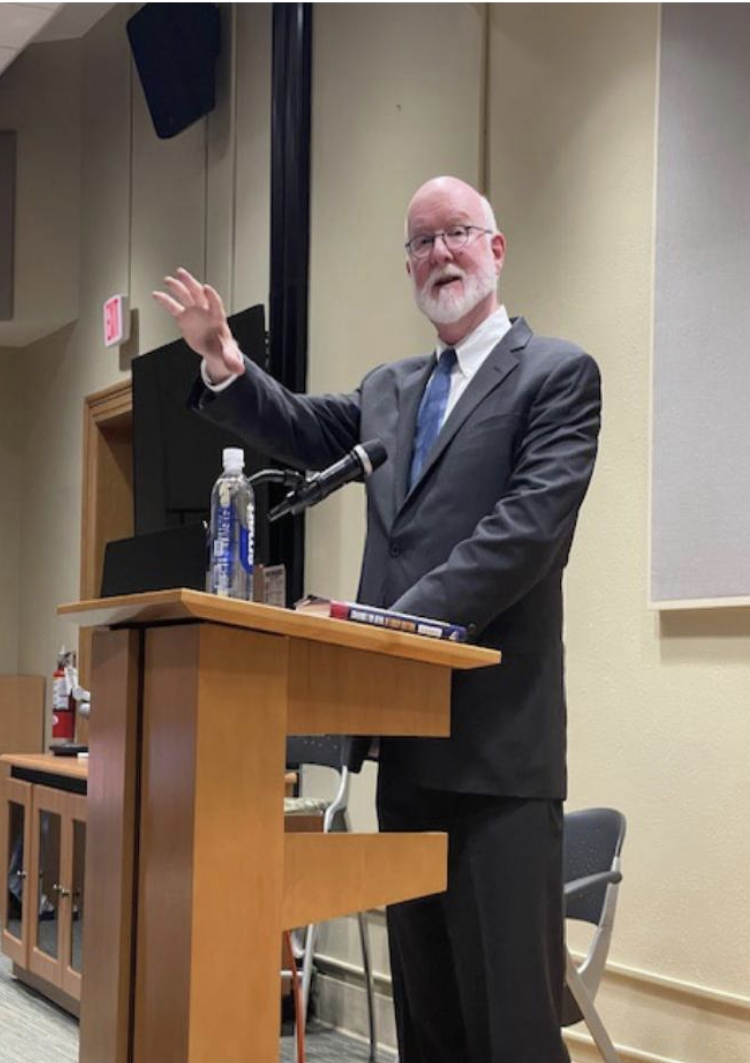Life expectancy fell for the second year in a row in 2016. Per the CDC: In 2016, a baby born in the U.S. can expect to live 78.6 years, down .2 years from 2014. This translates to roughly 800,000 years of life lost. Some perspective: American casualties in the Iraq war cost us 243,000 years of life. I do not feel like I possess the language to adequately communicate what a catastrophe this is.
In our modern political system, we measure the health of our country by the economy and have built up systems of language to describe said economy (we can talk about nominal GDP per capita, GDP measured on a PPP basis, GNP, capital consumption allowance and countless other acronyms). If any one of those economic indicators is falling, slumping or looks like it could potentially slump, we form fiscal committees and we have a public debate about stimulus packages and we eventually pass legislation. Sometimes, the economy is fine, and we pass legislation anyway (like last December).
Something is seriously broken. We are 31st in life expectancy and have fallen behind every other developed country. Australian people, German people and South Korean people are living longer while American people are dying quicker. This problem is American.
One would be forgiven for thinking that after learning that Americans are dying quicker, the political establishment would rush to make changes so that we do not die as early. There are changes to be made: we could have a comprehensive policy response to the opioid crisis, we could pass legislation that makes it harder for tobacco companies to kill you or we could make our roads safer — currently a good way to risk death is to get in your car and drive to work.
One simple reason that Americans are dying more is that we do not have a coherent national health system. Consider maternal deaths in the U.S.: a woman is eight times more likely to die in childbirth in the U.S. than in the United Kingdom. California decided to try and not have mothers die in childbirth, and after putting together a tool kit and a checklist for doctors to use, mothers in California are three times less likely to die in childbirth than in other states.
Because we do not have a national health care system, this solution can’t be scaled. The consequences are appalling. As well as mothers dying in childbirth, we do not have an effective, scalable solution to the opioid epidemic. To take another example, you are more likely to get central line infections in some hospitals than in others, because there is no central system governing how much caution any one hospital uses.
The health care debate in this country is often about how we structure insurance; we at times forget what insurance is for. There is another story here that demands to be told. As of 2010, the poorest Americans could expect to live to 76; the richest Americans could expect to live to 89. Life expectancy for the richest Americans has been going up for the past decades (up six years since 1980) and is among the highest in the world. Life expectancy for the poorest Americans has stayed the same despite incredible technological progress.
There is no worse inequality than an inequality of death. A complaint one could have with my argument is that I’m using outdated data; we’re in 2018, and the most recent data is from 2016. To which I would respond: you’re right. Because the Republican-led government comprehensively addressed the opioid epidemic and passed legislation that is aimed at improving health outcomes for Americans, life expectancy, surely, will rise. We are in good hands.














Tom Daly • Feb 16, 2018 at 5:50 pm
The Republicans passed tax cuts, mostly for the wealthy. They spent most of 2017 trying to get rid of the ACA. What they have not done is attack the opioid crisis with any new funds. This will devastate West Virginia more than any coal problem. The opioid crisis is hitting rural America very hard.